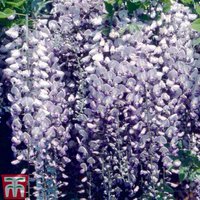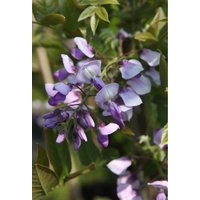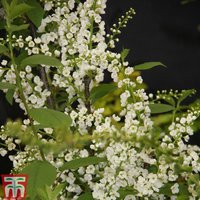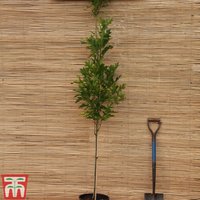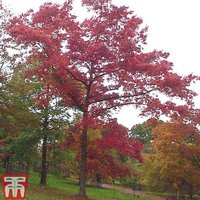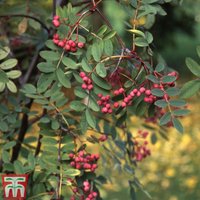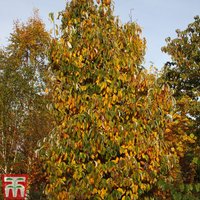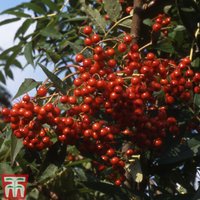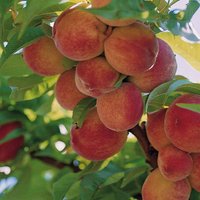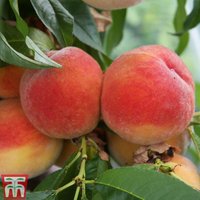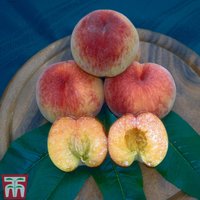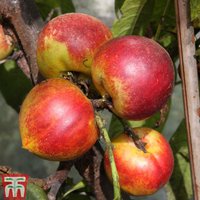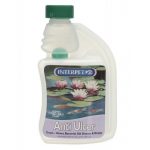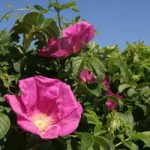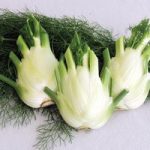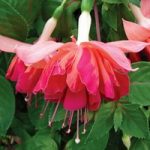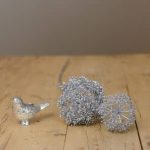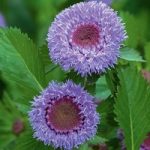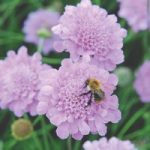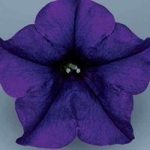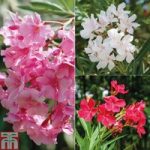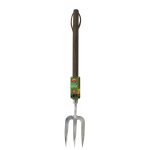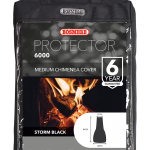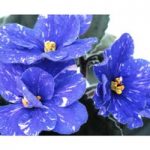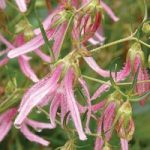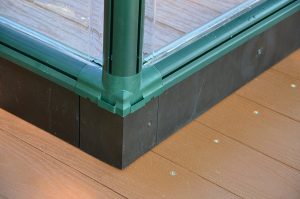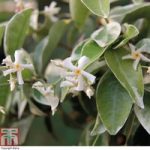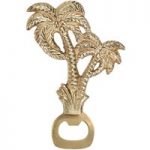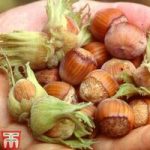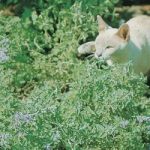Category Archives: Plants & Seeds
Lilac ‘Madame Lemoine’
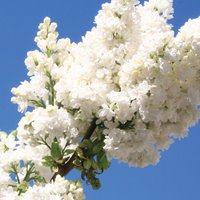 Lilacs are a popular addition to English gardens, much sought after for their spring colour and fragrance, but the singleflowered varieties can sometimes lack impact. For a true celebration of spring you need a double-flowered variety, with panicles of jewel-like florets, for more of that gorgeous colour and fragrance! We’ve put this double flowering collection
Lilacs are a popular addition to English gardens, much sought after for their spring colour and fragrance, but the singleflowered varieties can sometimes lack impact. For a true celebration of spring you need a double-flowered variety, with panicles of jewel-like florets, for more of that gorgeous colour and fragrance! We’ve put this double flowering collection
Wisteria floribunda ‘Burford’
Lilac ‘Primrose’
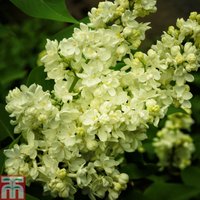 Lilac ‘Primrose’ is an unusual variety bearing showy panicles of creamy-yellow flowers with a heavenly perfume. Like all Syringa, the heart shaped foliage makes an attractive backdrop for the late spring blooms. In full flower, this hardy deciduous shrub is a magnet for bees and butterflies making it a great choice for wildlife gardens. The
Lilac ‘Primrose’ is an unusual variety bearing showy panicles of creamy-yellow flowers with a heavenly perfume. Like all Syringa, the heart shaped foliage makes an attractive backdrop for the late spring blooms. In full flower, this hardy deciduous shrub is a magnet for bees and butterflies making it a great choice for wildlife gardens. The
Lilac ‘Souvenir de Louis Spaeth’
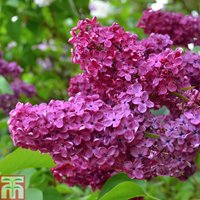 Narrow panicles of rosy red blooms are borne on compact stems against a backdrop of heart-shaped foliage. Syringa ?Souvenir de Louis Spaeth? is a consistently reliable, trouble-free variety with nectar rich, fragrant flowers that are loved by butterflies. A well loved specimen shrub for cottage garden borders that requires little maintenance. Height and spread: 7m
Narrow panicles of rosy red blooms are borne on compact stems against a backdrop of heart-shaped foliage. Syringa ?Souvenir de Louis Spaeth? is a consistently reliable, trouble-free variety with nectar rich, fragrant flowers that are loved by butterflies. A well loved specimen shrub for cottage garden borders that requires little maintenance. Height and spread: 7m
Prunus padus ‘Le Thoureil’
Quercus palustris ‘Green Pillar’
Quercus rubra
Quercus ilex
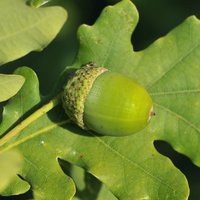 Quercus ilex or Holm Oak is an iconic feature of the British countryside. Its evergreen leaves are glossy and tough on top but pale underneath, providing both coverage and variety throughout the year. In the spring, this foliage is complemented by yellow catkins, which gradually develop into quintessential acorns. The hardy evergreen tree can be
Quercus ilex or Holm Oak is an iconic feature of the British countryside. Its evergreen leaves are glossy and tough on top but pale underneath, providing both coverage and variety throughout the year. In the spring, this foliage is complemented by yellow catkins, which gradually develop into quintessential acorns. The hardy evergreen tree can be
Quercus robur
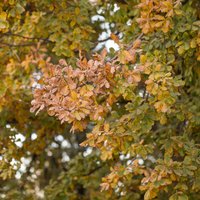 The most traditional of British native trees, Oak is easily recognised by its distinctive leaves and acorns. Its robust growth and branching habit mean that it can be grown successfully as part of a mixed hedgerow or planted as an Oak hedge. It will quickly form a dense screen and be a haven for insects
The most traditional of British native trees, Oak is easily recognised by its distinctive leaves and acorns. Its robust growth and branching habit mean that it can be grown successfully as part of a mixed hedgerow or planted as an Oak hedge. It will quickly form a dense screen and be a haven for insects
Sorbus aucuparia ‘Ember Glow’
Sorbus hemsleyi ‘John Bond’
Sorbus hybrida L. ‘Gibbsii’
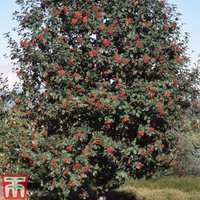 A particularly attractive Mountain Ash with dark green, lobed foliage that is somewhat different in appearance to most Rowan trees. The dense clusters of fluffy white flowers are always busy with insects in spring. By autumn, they are replaced by large, round, scarlet red berries which provide a feast for wild birds.
A particularly attractive Mountain Ash with dark green, lobed foliage that is somewhat different in appearance to most Rowan trees. The dense clusters of fluffy white flowers are always busy with insects in spring. By autumn, they are replaced by large, round, scarlet red berries which provide a feast for wild birds.
Sorbus commixta ‘Ravensbill’
Crab Apple ‘Aros’
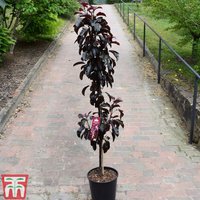 Exquisite, dark, bronze-purple foliage provides the perfect backdrop for the deep pink blossom in spring. The foliage remains dark throughout the summer, taking on a light green tint. By autumn, a profusion of small, maroon-red fruits have developed in dense clusters, decorating the branches well into autumn, even after the foliage has fallen.
Exquisite, dark, bronze-purple foliage provides the perfect backdrop for the deep pink blossom in spring. The foliage remains dark throughout the summer, taking on a light green tint. By autumn, a profusion of small, maroon-red fruits have developed in dense clusters, decorating the branches well into autumn, even after the foliage has fallen.
Peach ‘Peregrine’
Nothofagus antarctica
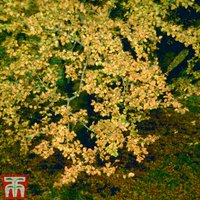 Small, glossy, heart-shaped leaves with attractive undulating margins give the Antarctic Beech an interesting appearance. Nothofagus Antarctica is quick growing, forming a conical, often multi-stemmed deciduous tree. It has an irregular, fishbone branching habit, which creates a particularly light and airy canopy with maturity.
Small, glossy, heart-shaped leaves with attractive undulating margins give the Antarctic Beech an interesting appearance. Nothofagus Antarctica is quick growing, forming a conical, often multi-stemmed deciduous tree. It has an irregular, fishbone branching habit, which creates a particularly light and airy canopy with maturity.







